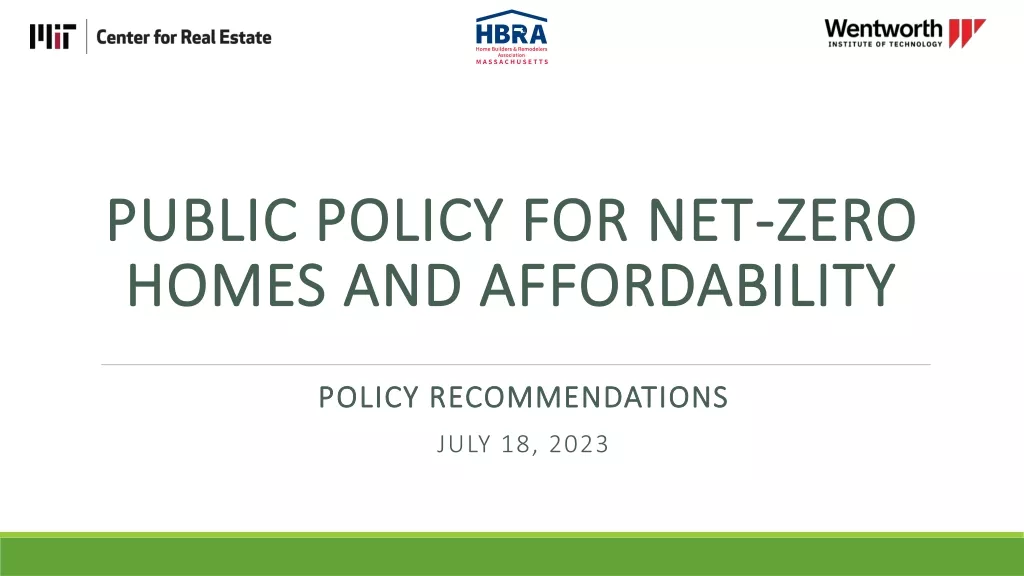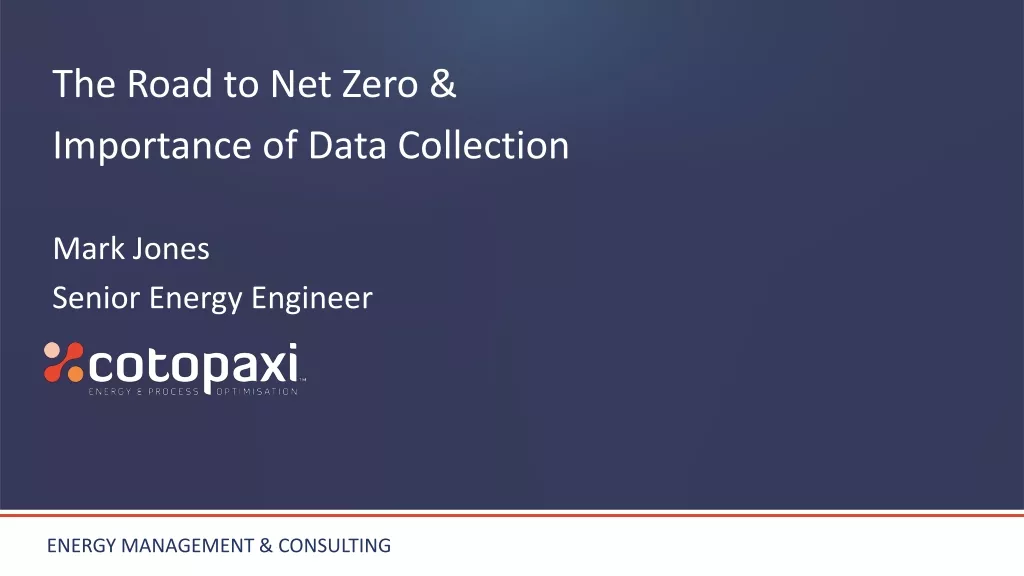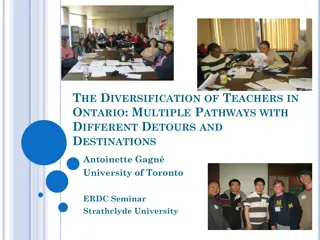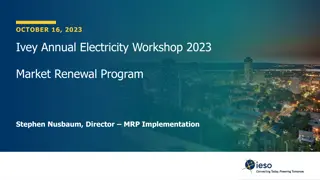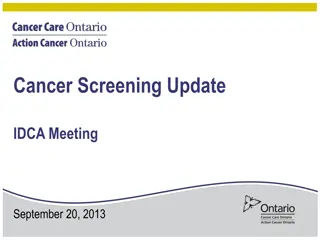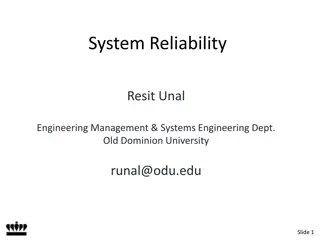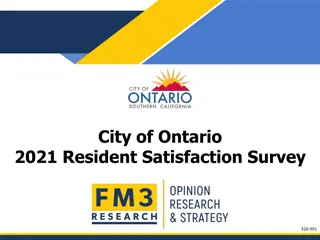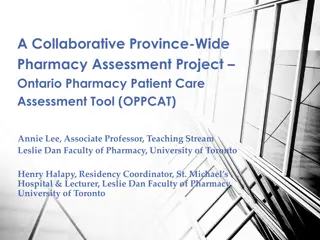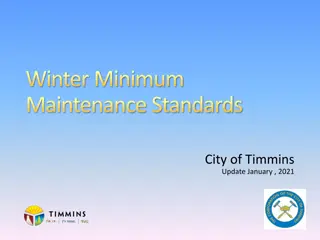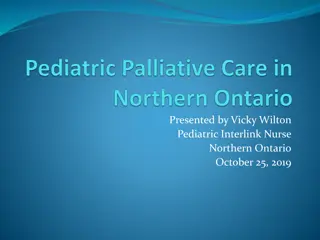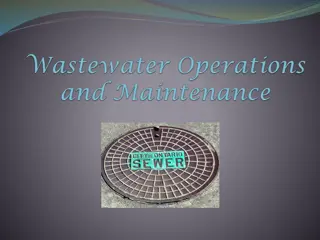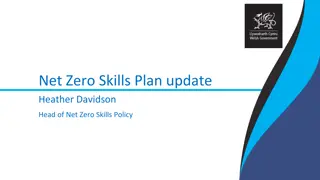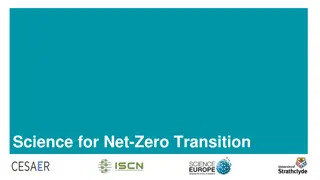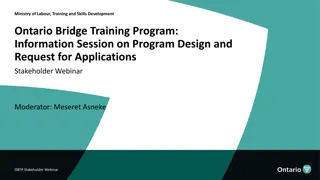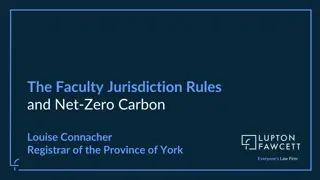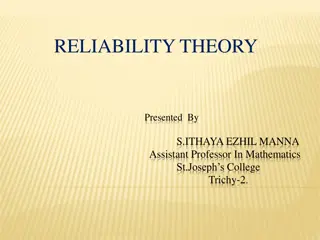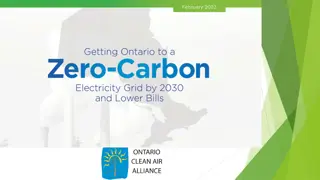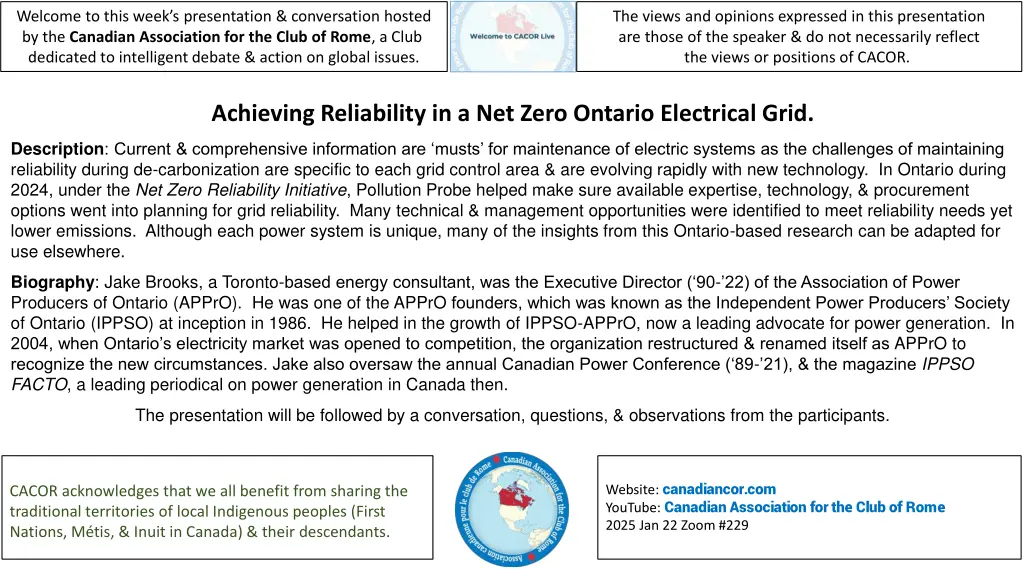
Achieving Reliability in Net Zero Ontario Grid
Explore the Net Zero Reliability Initiative in Ontario with Jake Brooks, focusing on maintaining reliability during decarbonization using expert insights and technology. Learn about the project phases, consultations, and final reports shaping the future of grid reliability in a sustainable energy landscape.
Download Presentation

Please find below an Image/Link to download the presentation.
The content on the website is provided AS IS for your information and personal use only. It may not be sold, licensed, or shared on other websites without obtaining consent from the author. If you encounter any issues during the download, it is possible that the publisher has removed the file from their server.
You are allowed to download the files provided on this website for personal or commercial use, subject to the condition that they are used lawfully. All files are the property of their respective owners.
The content on the website is provided AS IS for your information and personal use only. It may not be sold, licensed, or shared on other websites without obtaining consent from the author.
E N D
Presentation Transcript
Welcome to this weeks presentation & conversation hosted by the Canadian Association for the Club of Rome, a Club dedicated to intelligent debate & action on global issues. The views and opinions expressed in this presentation are those of the speaker & do not necessarily reflect the views or positions of CACOR. Achieving Reliability in a Net Zero Ontario Electrical Grid. Description: Current & comprehensive information are musts for maintenance of electric systems as the challenges of maintaining reliability during de-carbonization are specific to each grid control area & are evolving rapidly with new technology. In Ontario during 2024, under the Net Zero Reliability Initiative, Pollution Probe helped make sure available expertise, technology, & procurement options went into planning for grid reliability. Many technical & management opportunities were identified to meet reliability needs yet lower emissions. Although each power system is unique, many of the insights from this Ontario-based research can be adapted for use elsewhere. Biography: Jake Brooks, a Toronto-based energy consultant, was the Executive Director ( 90- 22) of the Association of Power Producers of Ontario (APPrO). He was one of the APPrO founders, which was known as the Independent Power Producers Society of Ontario (IPPSO) at inception in 1986. He helped in the growth of IPPSO-APPrO, now a leading advocate for power generation. In 2004, when Ontario s electricity market was opened to competition, the organization restructured & renamed itself as APPrO to recognize the new circumstances. Jake also oversaw the annual Canadian Power Conference ( 89- 21), & the magazine IPPSO FACTO, a leading periodical on power generation in Canada then. The presentation will be followed by a conversation, questions, & observations from the participants. Website: canadiancor.com YouTube: Canadian Association for the Club of Rome 2025 Jan 22 Zoom #229 CACOR acknowledges that we all benefit from sharing the traditional territories of local Indigenous peoples (First Nations, M tis, & Inuit in Canada) & their descendants.
Achieving reliability in a Net Zero Achieving reliability in a Net Zero Ontario electrical grid Ontario electrical grid Presentation to the Canadian Club of Rome January 22, 2025 By Jake Brooks Net Zero Reliability Initiative www.pollutionprobe.org/netzero-reliability-initiative/
Disclaimers Although I worked with Pollution Probe throughout the project and Pollution Probe was the final author and publisher of the report, I don t speak on behalf of Pollution Probe. These remarks are essentially contributions to public policy discussions and should not be taken as investment advice.
Project phases 1. Research * Independent consultants were retained to review the issues and develop a baseline report on how best to approach the provision of grid reliability in Ontario under conditions of steady de-carbonization. 2. Consultation * Pollution Probe carried out its own review of related activity in other jurisdictions, and combined that with the consultant s report to invite input from stakeholders and energy experts * Symposium was held in Toronto on April 24, 2024 * Report summarizing the discussions was produced. 3. Final Report
High level recommendations High level recommendations 1. Ontario should competitively procure bulk-level reliability from all types of resources, including non-emitting resources 2. Clarify the future role of LDCs in Ontario regarding system operation and reliability 3. Enable development of local flexibility markets for reliability 4. Improve coordination between transmission and distribution on future methods for procurement and operations (Note the related implications for economic efficiency and electricity rates.)
Central conclusion on how to move forward Central conclusion on how to move forward To ensure that Ontarians benefit from the transition, the ways in which reliability services are planned, procured, deployed, operated, and remunerated will need to be updated to reflect ongoing changes in the electricity system. In general, market participants, stakeholders, and developers want transparency about reliability needs, and opportunities to meet those needs, as well as fair compensation for the benefits they provide.
Background on Power System Reliability Background on Power System Reliability 1. Power System Reliability is a very big deal in the electricity industry 2. Reliability is delivered through a combination of infrastructure investments, planning, and operating rules and procedures 3. Reliability is achieved in a way that is unique to each jurisdiction
Power Advisory report on Net Zero Reliability Power Advisory report on Net Zero Reliability April 24, 2024 Purpose included: Assessment of the most common types of non-emitting resources for technical feasibility to provide each essential reliability service Overview statement included the observation that cost minimization will require that the IESO: * Define appropriate reliability products and choose the appropriate mechanisms to acquire them * Enable participation from all resource types technically capable of providing each product * Accurately assess needs and resource capabilities for each product
Types of Reliability Services Types of Reliability Services The supply and demand of active power is balanced over multiple timescales Different products and capabilities are needed to mitigate different forms of risk Some services are defined as products in the IESO-Administered Markets. Others are not formally defined
Selected Recommendations from PA report Selected Recommendations from PA report Formalize flexibility and multi-day energy assurance concepts in planning and operational assessments to define the specific reliability services that cannot be met by intra-day storage Publish assessments of flexibility, ramping, duration, and energy assurance needs in a future system with a high share of intermittent resources Consider acquiring non-emitting flexibility and/or energy assurance products through forward procurements to plan for gas retirement Acquire regulation services through open, technology-neutral mechanisms Continue developing improved participation models for storage and hybrid resources Enable distributed resources to provide all reliability services they can demonstrate they are technically capable of Define rules for value-stacking and coordinating when a resource provides services to both the IESO and a distributor
Reliability value of local resources Reliability value of local resources In addition to the current transmission-connected non-emitting assets such as waterpower that provide reliability, a combination of renewable energy, energy storage, and demand management on both the transmission and distribution systems can deliver reliability services. These new methods for achieving reliability have the benefit of providing additional value on local distribution systems, such as deferring capital expenditures and addressing local reliability issues. As demonstrated in the UK, Australia, and other countries, increasing flexibility at the consumer level through renewable energy, energy storage, and enhanced demand management, particularly with EVs, can provide great value to the system, lowering costs for all while reducing GHG emissions.
Summary of action plan for net Summary of action plan for net- -zero reliability zero reliability
Action Steps 5 to 7 Action Steps 5 to 7
Action Step #1 Action Step #1 Define and catalogue bulk-level reliability services needed in Ontario Including quantity, required services time, the required response time, and other characteristics. Actor: IESO
Action Step #2 Action Step #2 Develop metrics on the state of the bulk-system reliability in Ontario The metrics should clearly communicate the state of Ontario s bulk system reliability and operability and be published regularly. Actor: IESO
Action Step #4 Action Step #4 - - Procurement Procurement Transparently procure needed bulk-level reliability services Short term: Design existing procurement contracts, and those for upcoming RFPs (capacity and/or energy), to consider the capability to deliver needed reliability services as part of the assessment criteria Medium to long term: Develop Reliability Services Auctions (RSAs), and open and transparent bulk power system markets for reliability services from non-emitting resources
Action Step #7 Action Step #7 Develop local reliability markets Medium term: Develop markets or other transparent procurement mechanisms for technology-neutral RSAs at the distribution level. Actors: IESO and OEB RSAs = Reliability Services Auction
Value Stacking A single service can sometimes produce value of different types: Energy Capacity Reliability / operability A single service can sometimes produce value at different levels: End User Other distribution customers / distributor as a whole Bulk System
Reliability Service Auctions (RSAs) In the early stages (such as for LT3), essential reliability services can be included in the energy and capacity RFPs but not explicitly procured In later RFPs (such as LT4 and on), RSAs should be held for essential reliability services in the transmission grid Consistent with market development work already underway Can be coordinated with local RSAs Needs to be specifically mandated, expanded, and carried out relatively quickly.
Conclusions Conclusions New opportunities and benefits are available Ontario recently issued a new directive that called for the design and development of a local generation program Prospects look good for efforts to: Recognize more systematically the value of securing reliability from a wide range of sources and Encourage market participants and regulators to develop frameworks in which those who provide reliability and those who bring forward new ways of delivering reliability are properly rewarded.
Thank you Thank you The Atmospheric Fund IESO, Independent Electricity System Operator Canadian Renewable Energy Association Ontario Waterpower Association Energy Storage Canada Alectra Utilities Toronto Metropolitan University The many other participants and contributors You!

